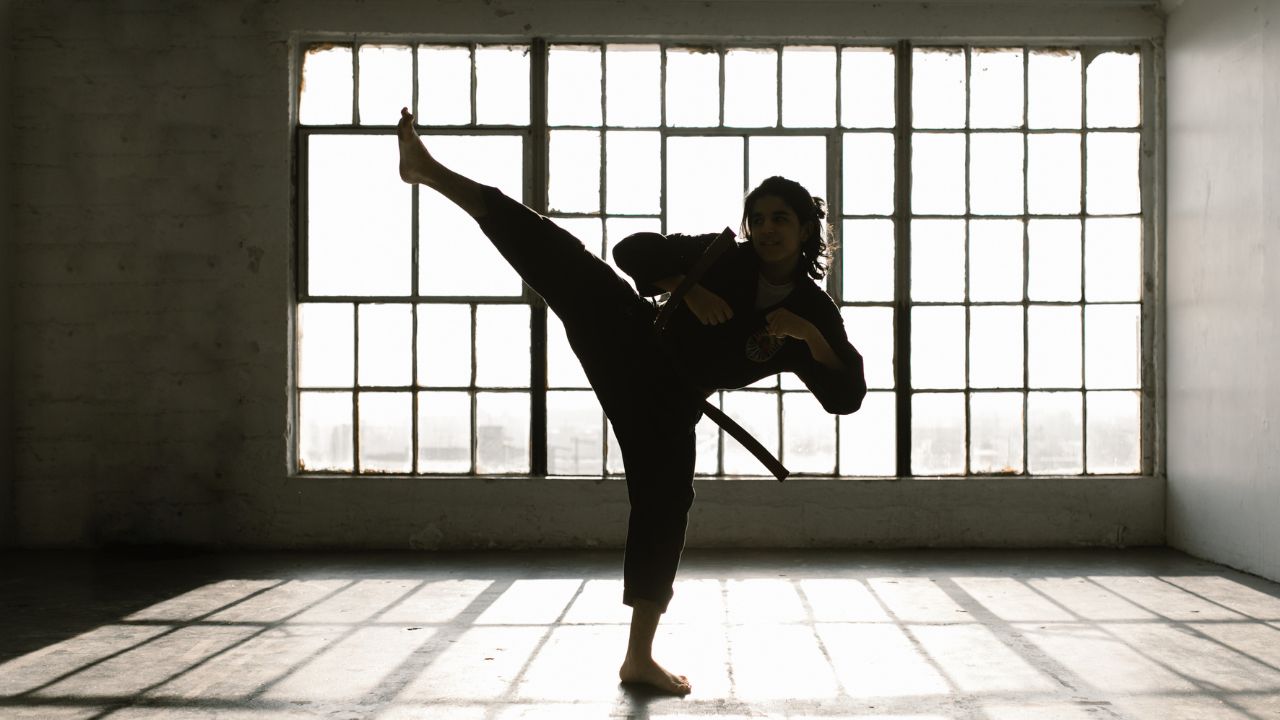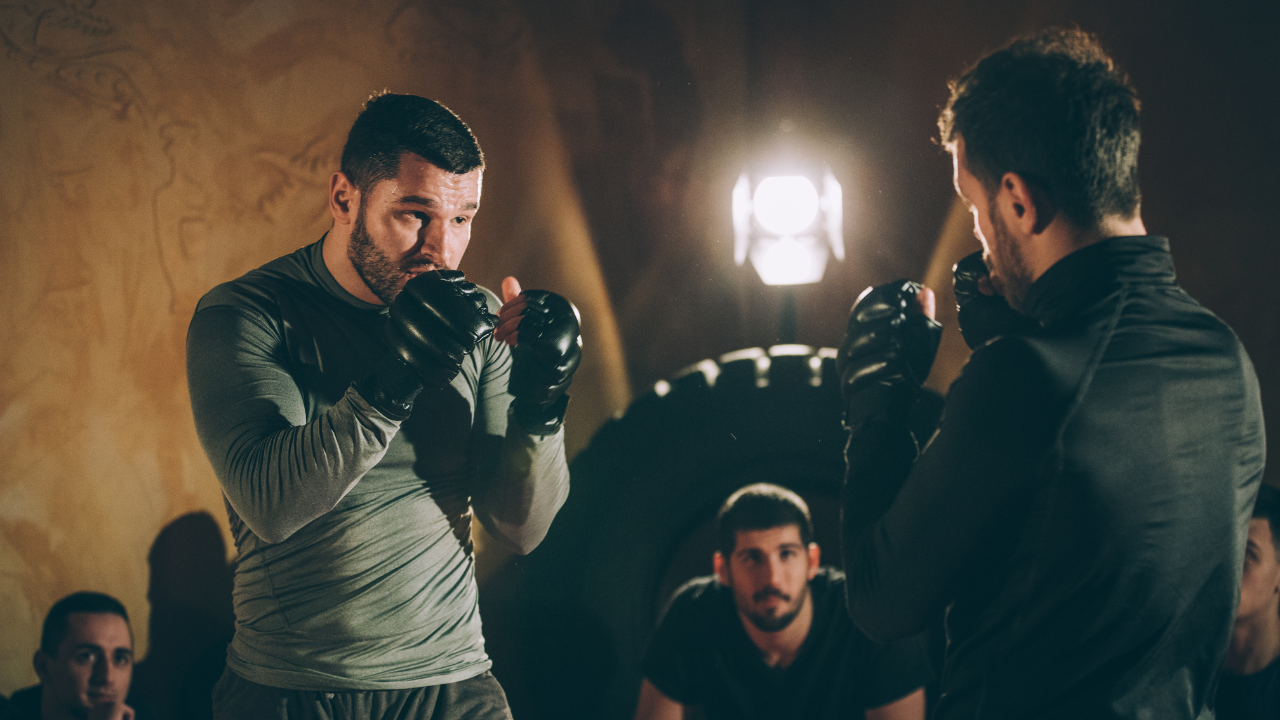Have you ever wondered about the athletes who, despite their incredible talent and dedication, are forced to sideline their careers due to injuries? High-risk sports like kickboxing, MMA, boxing, and Taekwondo, while exhilarating to watch, come with significant physical risks. From concussions and broken bones to career-ending injuries, the potential consequences can be severe.
This blog will highlight the risks associated with these sports, the financial implications of injuries, and the role of high risk sports insurance in protecting athletes’ futures.
Understanding the Risks
Physical Injuries


Athletes of high-risk sports are always exposed to a range of physical injuries such as:
- Concussions: Traumatic brain injuries can have long-lasting effects on cognitive function, mood, and behaviour.
- Fractures: Broken bones of hands, feet, and face
- Strains and Sprains: Overuse injuries that can affect muscles, tendons, and ligaments.
A single, significant injury can prematurely end an athlete’s career. Some examples of career-ending injuries in high-risk sports include:
- Severe Head Trauma: Repeated concussions or other head injuries can lead to long-term neurological damage, forcing athletes to retire.
- Knee Injuries: Torn ligaments or cartilage in the knee can significantly hinder an athlete’s mobility and performance, often requiring multiple surgeries and lengthy rehabilitation periods.
- Back Injuries: Back injuries, particularly herniated discs, can cause chronic pain and limit an athlete’s ability to train and compete.
Financial Strains
Even minor injuries can lead to significant financial burdens for athletes. The cumulative costs of medical expenses and rehabilitation along with a halted source of income put athletes in difficult situations. For those who suffer career-ending injuries, the financial impact can be even more severe.
The Role of High-Risk Sports Insurance
1. Coverage for Medical Expenses


Injuries are an unfortunate reality. Medical expenses associated with these injuries can quickly escalate, potentially leaving athletes and their families facing significant financial burdens. High- risk sports insurance offers a crucial safety net by providing comprehensive coverage for a wide range of medical costs.
Emergency Medical Treatment


Accidents can happen at any moment, and immediate medical attention is often critical. High risk sports insurance can cover the costs of emergency room visits, ambulance transportation, and other urgent medical services.
Surgical Procedures


Severe injuries may require complex surgical procedures, which can be quite expensive. Insurance can help relieve the financial stress associated with these procedures, ensuring that athletes receive the necessary care without compromising their financial well-being.
Rehabilitation and Physical Therapy


Sometimes, It can take a long time to recover from sports injuries. Rehabilitation and physical therapy are essential for restoring function and preventing further complications. High risk sports insurance often covers the costs of these services, enabling athletes to focus on their recovery without worrying about the financial implications.
Long-Term Care
In some cases, injuries may result in long-term health conditions that require ongoing medical care. Insurance can provide coverage for these expenses, ensuring that athletes have access to the support they need.
2. Income Protection


An injury can sideline an athlete for weeks, months, or even years, significantly impacting their income. High-risk sports insurance offers vital income protection to help athletes maintain financial stability during these challenging times.
Lost Wages
If an injury prevents an athlete from training or competing, it can lead to a significant loss of income. Income protection insurance can provide financial support to cover lost wages, ensuring that athletes and their families can meet their financial obligations.
Endorsement Deals and Sponsorships
Many high-profile athletes rely on endorsement deals and sponsorships as a significant source of income. However, injuries can impact these lucrative contracts. Income protection insurance helps mitigate the financial impact of lost endorsements, providing a safety net during difficult times.
Disability Insurance
Disability insurance provides financial support to athletes who are unable to work due to a long-term injury or illness. This can be particularly important for athletes who rely on their physical abilities to earn a living.
3. Liability Coverage


Liability coverage is an important component of high risk sports insurance, providing protection against potential lawsuits and legal fees.
Accidental Injury to Others
During training sessions or competitions, accidents can occur, resulting in injuries to fellow athletes, coaches, or even spectators. Liability insurance will cover the legal fees, medical costs, and others
Property Damage
In some cases, accidents may result in damage to equipment, facilities, or personal property. Liability insurance can help cover the costs of repairing or replacing damaged property, protecting athletes from financial liability.
By investing in insurance, athletes can focus on their training, performance, and long-term goals, knowing that they are protected against the unexpected.


Don’t let an injury derail your dreams
Protect your career and future with Combat Sports Insurance. As a leading provider of insurance for Taekwondo, MMA, and kickboxing athletes in Australia, we offer tailored policies to meet your specific needs.
Or
Click here to get a quote today and secure your financial future.
Read More
Importance of Sports Injury Insurance for Schools and Sports Clubs
Special Considerations: Boxing Gym Insurance Tips for Owners Hosting Events
Note: The material offered here is for informational purposes only. It does not constitute legally binding advice and should not be a substitute for a consultation with an insurance expert.













